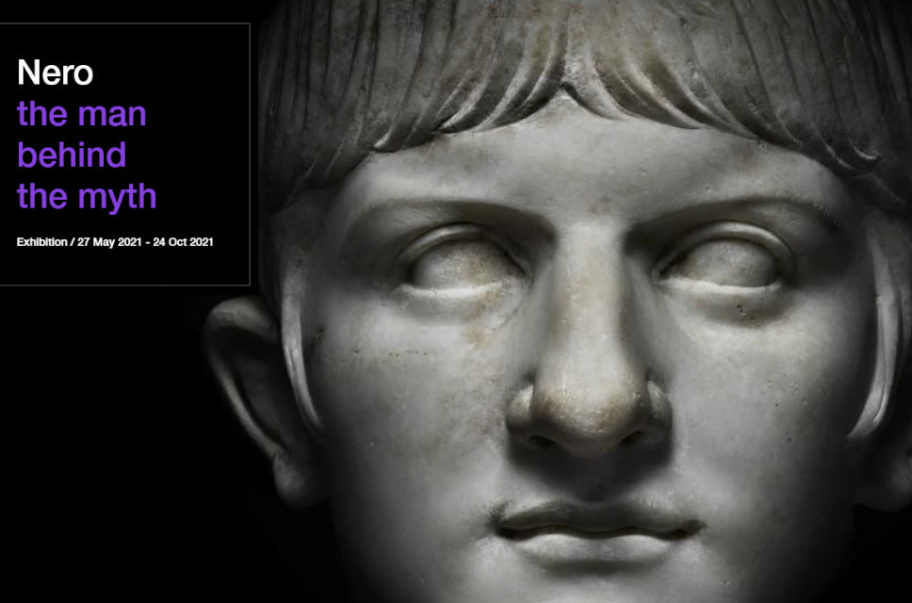Corpo Pagina
The National Archeological Museum of Cagliari takes part in the exhibition: “Nero: the man behind the myth” with the loan of a portrait of the Emperor Nero. The exhibit is organized by the British Museum and will be on display from 27th May to 24th October 2021, at the Sainsbury Exhibitions Gallery.
The exposition will be one of the main events hosted by the British Museum after the reopening, scheduled for May 17, and is curated by Francesca Bologna and Thorsten Opper, who in 2008 curated the exhibit: “Hadrian: Empire and Conflict” and its catalog.
Museum visitors will admire over 200 objects, including sculptures, manuscripts, coins and jewels.
The portrait of Nero from the Archaeological Museum of Cagliari is the icon of the entire project. It dates back to 54-59 AD and comes from Olbia, where Atte, Nero’s concubine, owned a lot of estates. As very common until recent times, the portrait is placed on a modern bust.
The purpose of the exposition is to overcome the traditional imagine of Nero, as an eccentric man, ruthless matricidal dissolute and tyrant.
According to recent studies and searches, the curators reveal a different figure, a populist political leader, who came to power in a period of great changes for the Roman society.
A leader hailed by the people, as we can see from the many graffiti engraved on the walls of Rome, but opposed by the senatorial elites. In fact, the last emperor of the Julius-Claudian dynasty, who came to power at the age of 16 and committed suicide at the age of 30, is narrated by Tacitus, Suetonius and Cassius Dio, all historians who wrote several decades after Nero’s death, under the Flavian dynasty. According to Francesca Bologna, curator of the “Nero” project, the portrait of a mad and tyrannical man originates from the will of the historians of Flavian era to legitimize the new imperial dynasty through the delegitimization of Nero, the last emperor of the previous one. This biased and propaganda narrative was also used as a source by later historians, helping to reinforce his negative image.
The British Museum also promotes the exhibition through online content, accessible through their website. In addition to an accurate historical portrait of Nero, which rebuilds his life through periods and key events, there is a funny city travel guide to the Rome of the 1st century AD.
The guide, just like a modern paperback guide, explains to tourists how to arrive in the city, how to get around, the most important things to do, the entertainments, where to stay and obviously, where to eat and drink.
https://www.britishmuseum.org/exhibitions/nero-man-behind-myth

